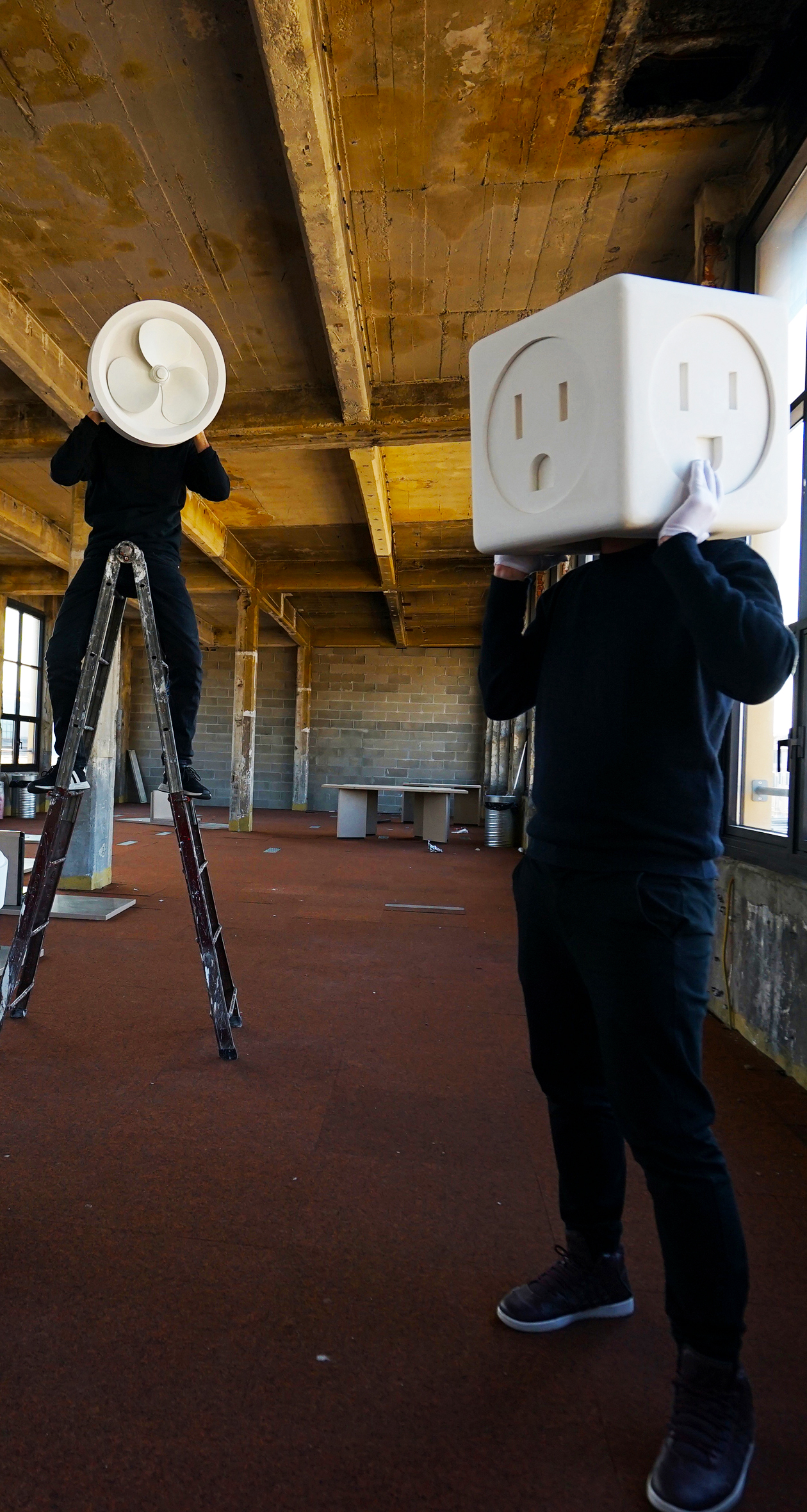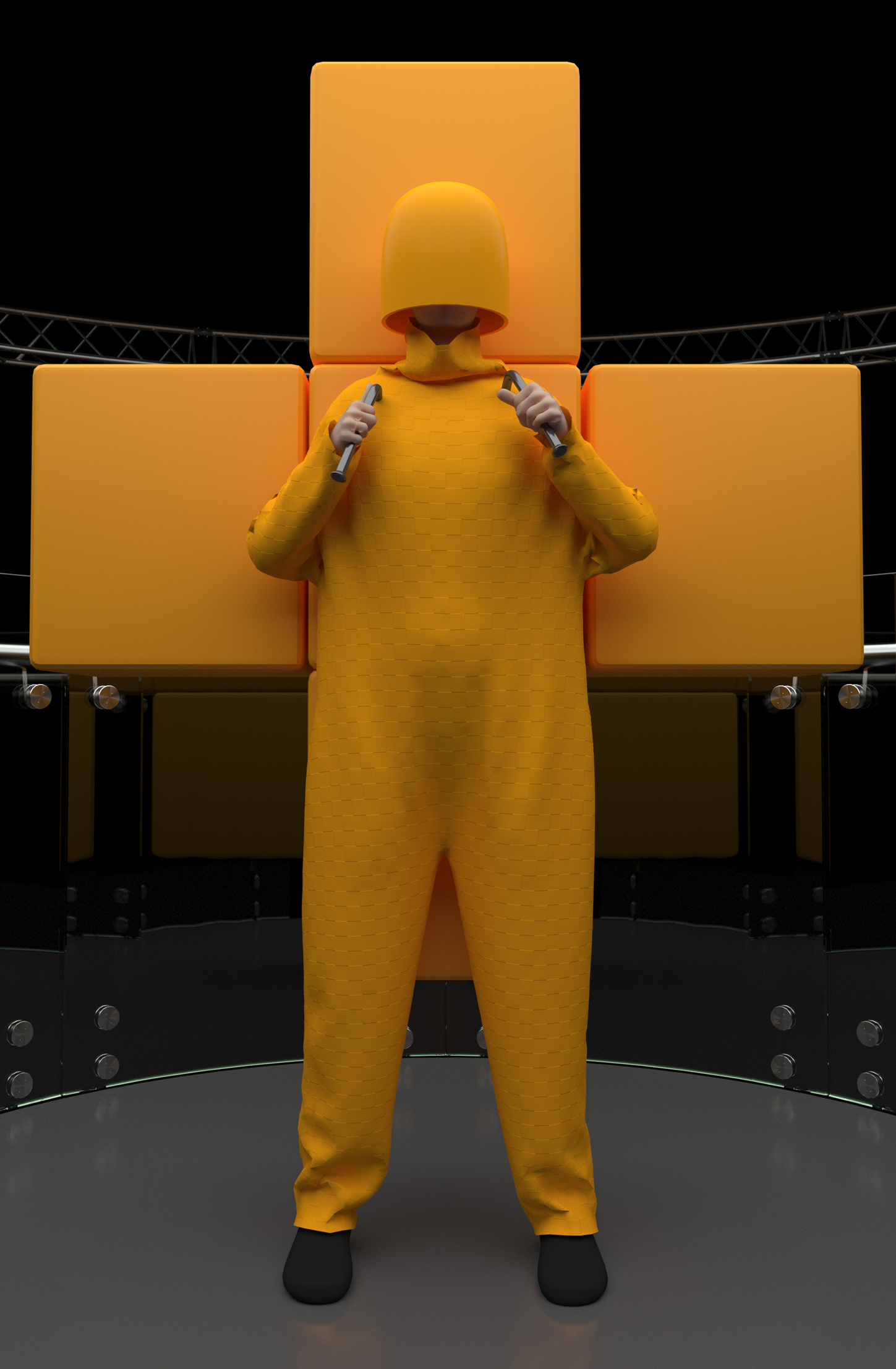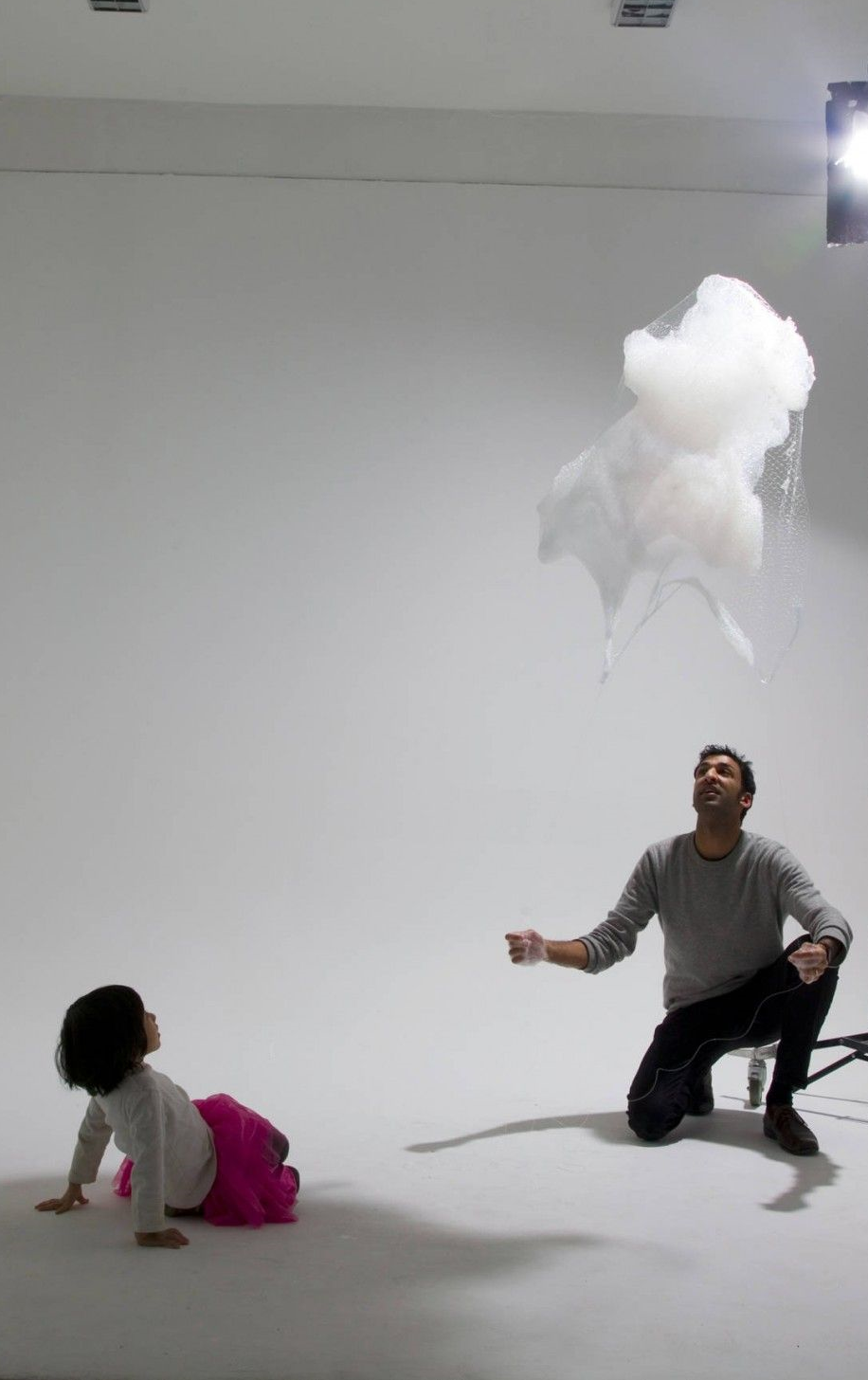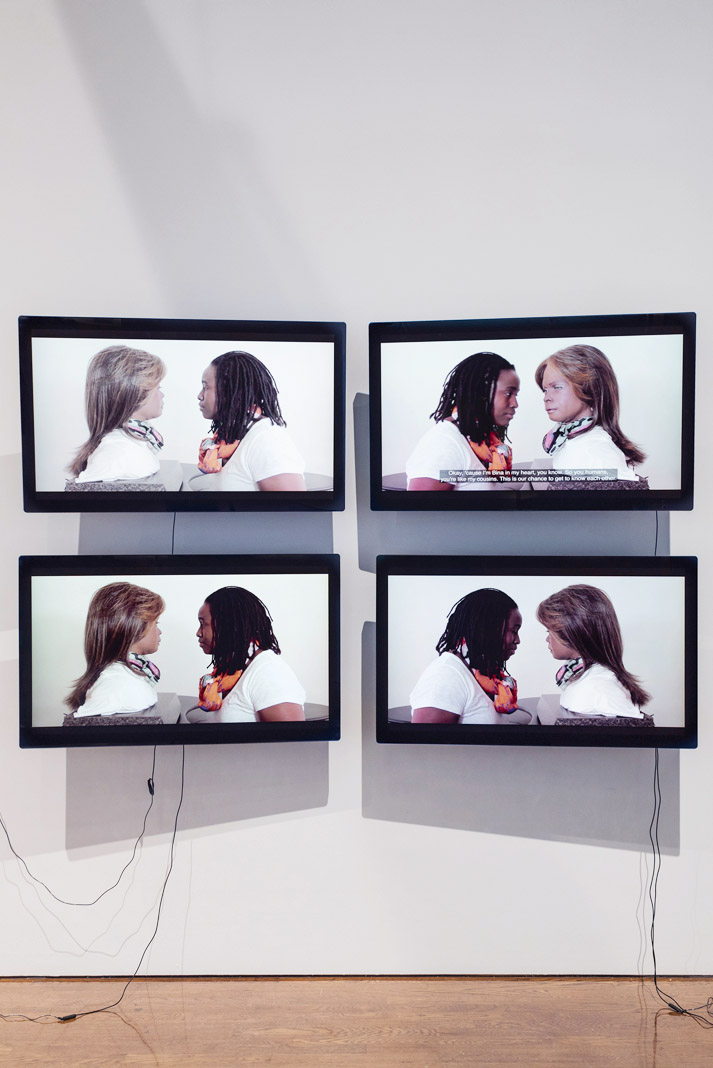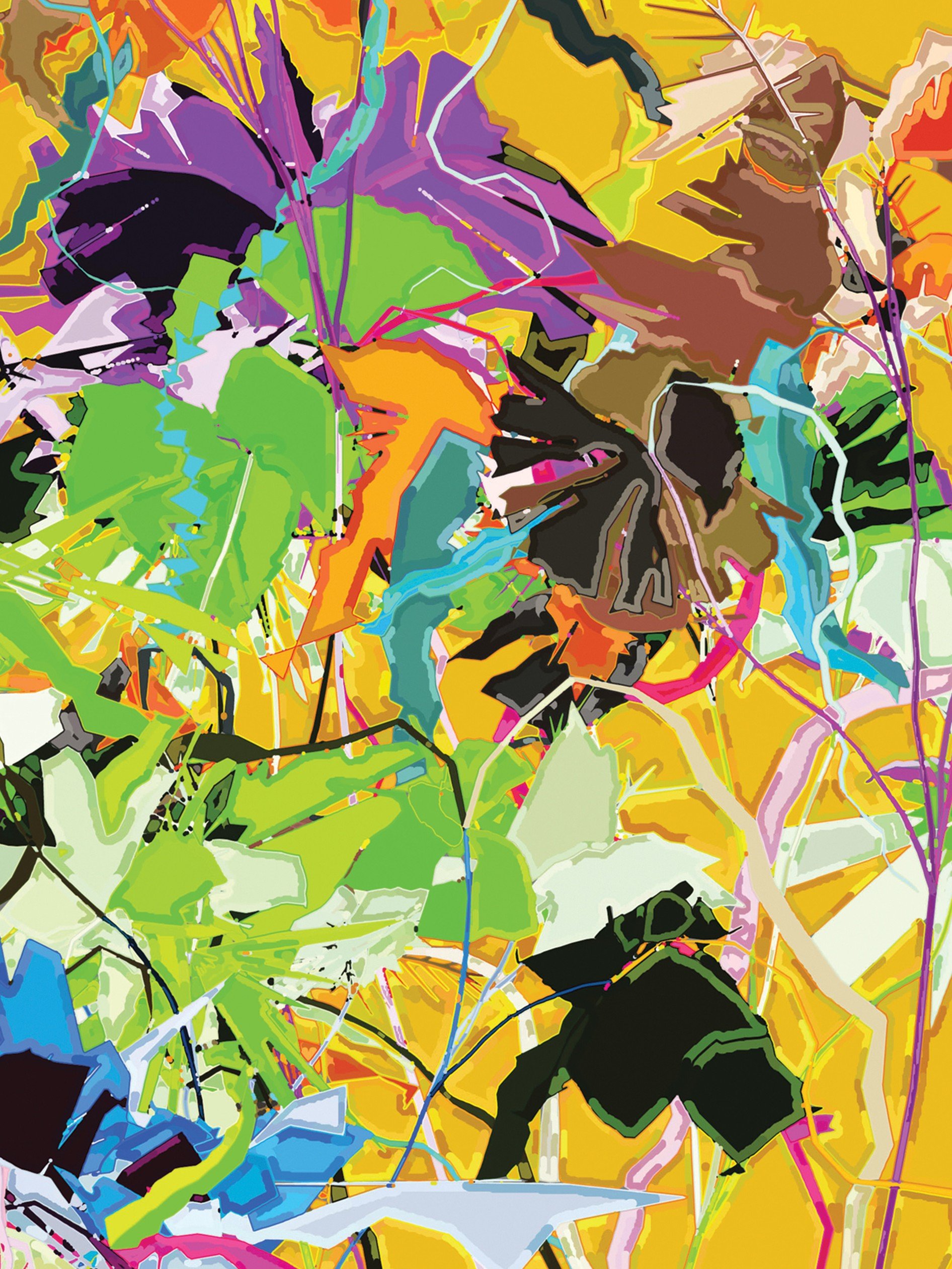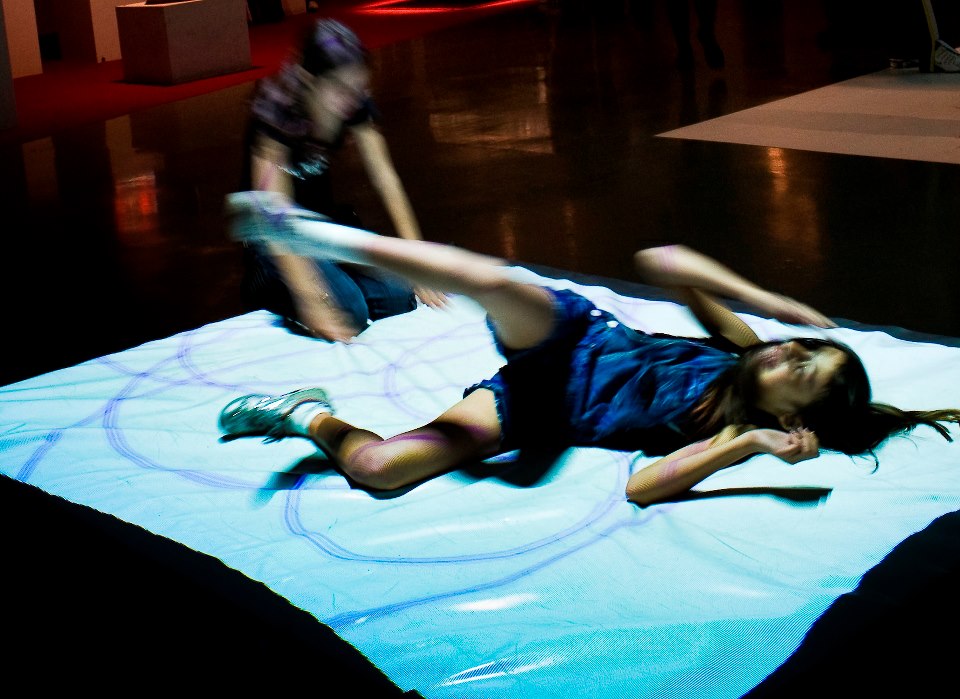
David Bowen
PLANT BOT
plant bot is a time based interactive art installation where the fates of a living plant and a computer are interdependent. Essentially the plant attempts to train a computer using image recognition. Through this process the computer will learn to recognize when the plant needs water based on images it takes of the plant. If the plant appears healthy, the computer will maintain a regular water regiment. If the plant does not appear healthy to the computer it will attempt to aid the plant by adjusting to what it “thinks” the plant needs based on the images gathered. As the computer becomes more intelligent and hence more adept at caring for the plant, the plant will conceivably thrive and grow in proportion. If the computer is unsuccessful, conceivably the opposite will occur.

